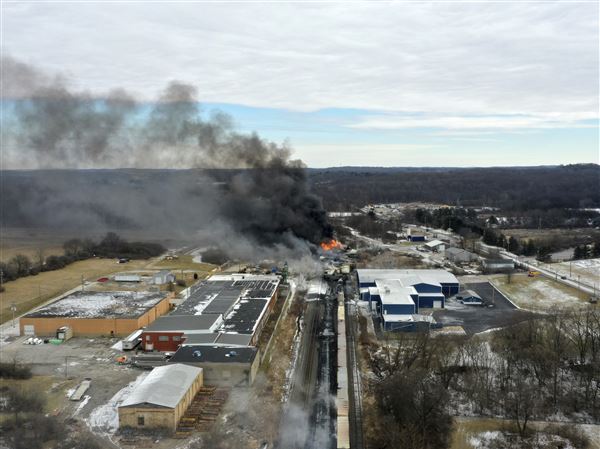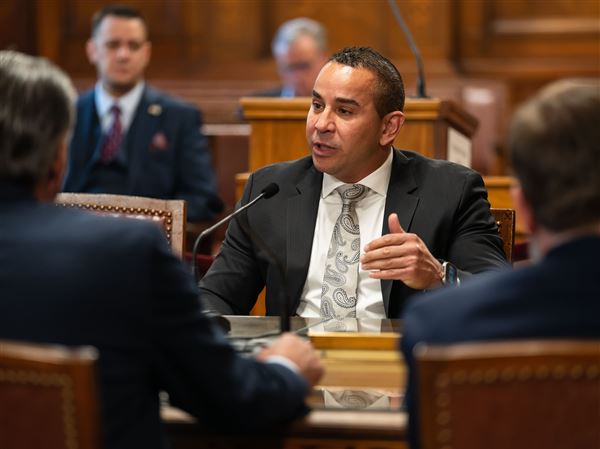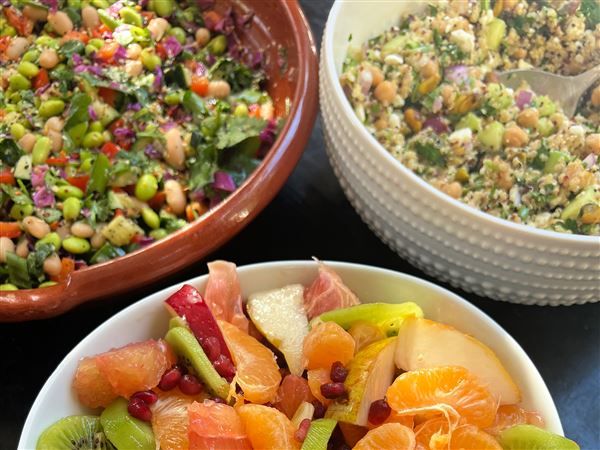Central America’s second-largest coffee exporter can’t afford to boost production of beans preferred by big coffee chains because rising costs are discouraging investment by Guatemalan farmers.
Guatemala is the world’s sixth-largest supplier of arabica beans, the variety favored by Starbucks. The Seattle-based coffee giant even calls the country’s beans “the touchstone of quality” on its website. Such advantages aren’t enough for Guatemala’s 125,000 coffee-growing families who are facing higher costs from climate change and the pandemic, said Juan Luis Barrios, a producer who’s also the new president of the Guatemalan National Coffee Association.
“There are no incentives to expand,” Mr. Barrios said in a phone interview. “The current price is not enough for a minimum living wage.”
Benchmark arabica futures contracts in New York are trading at half the prices seen a decade ago. Abundant supply from Brazil has held down prices as the top producer benefited from a weaker currency to expand output, whereas Colombian and Guatemalan currencies have fared better against the greenback, which Mr. Barrios said has hurt growers.
“Very few families have exited the market, but very few have entered it, too,” Mr. Barrios said. “A small- to medium-size farm is not covering the production cost.”
Small coffee farmers now represent 97% of Guatemala’s producers and large ones are disappearing, the U.S. Department of Agriculture said in May. Many small ones produce at a loss, with costs between $190 and $230 per 60-kilogram bag compared with international prices of around $170 to $190 for the 2019 marketing year, the agency said.
Weather is also undermining growers as global temperatures rise and upset climate patterns, bringing more adverse events. A record number of storms battered the Caribbean, Central America and the U.S. in 2020, one the three warmest years on record. Increased moisture from more storms boosts the odds for blights such as leaf rust, a fungal disease that thrives on higher temperatures and has cost millions of dollars to growers around the world in the past decade.
That’s forcing producers to spend more money on controlling and preventing such calamities, further driving up costs.
“Some diseases you learn to control, but the frequency of cycles has increased,” Mr. Barrios said, adding that this year two hurricanes caused damage in many areas of Guatemala and cut access to some regions.
Despite that, Mr. Barrios estimates that Hurricane Iota will only cut output by 1% for the 2020-21 crop year, keeping overall annual exports little changed at 3.2 million 60-kilogram bags. That’s still way down from its peak two decades ago. Overall, Guatemala’s planted area has remained at 305,000 hectares (754,000 acres).
Adding to the troubles are the protocols imposed by COVID-19 this year that have also pushed up costs, Mr. Barrios said. The plight for Guatemala’s coffee farmers mirrors that of many others around the region including Honduras, the top shipper, where crops were battered by hurricanes and authorities are still tallying the impact.
First Published: December 5, 2020, 11:00 a.m.
















